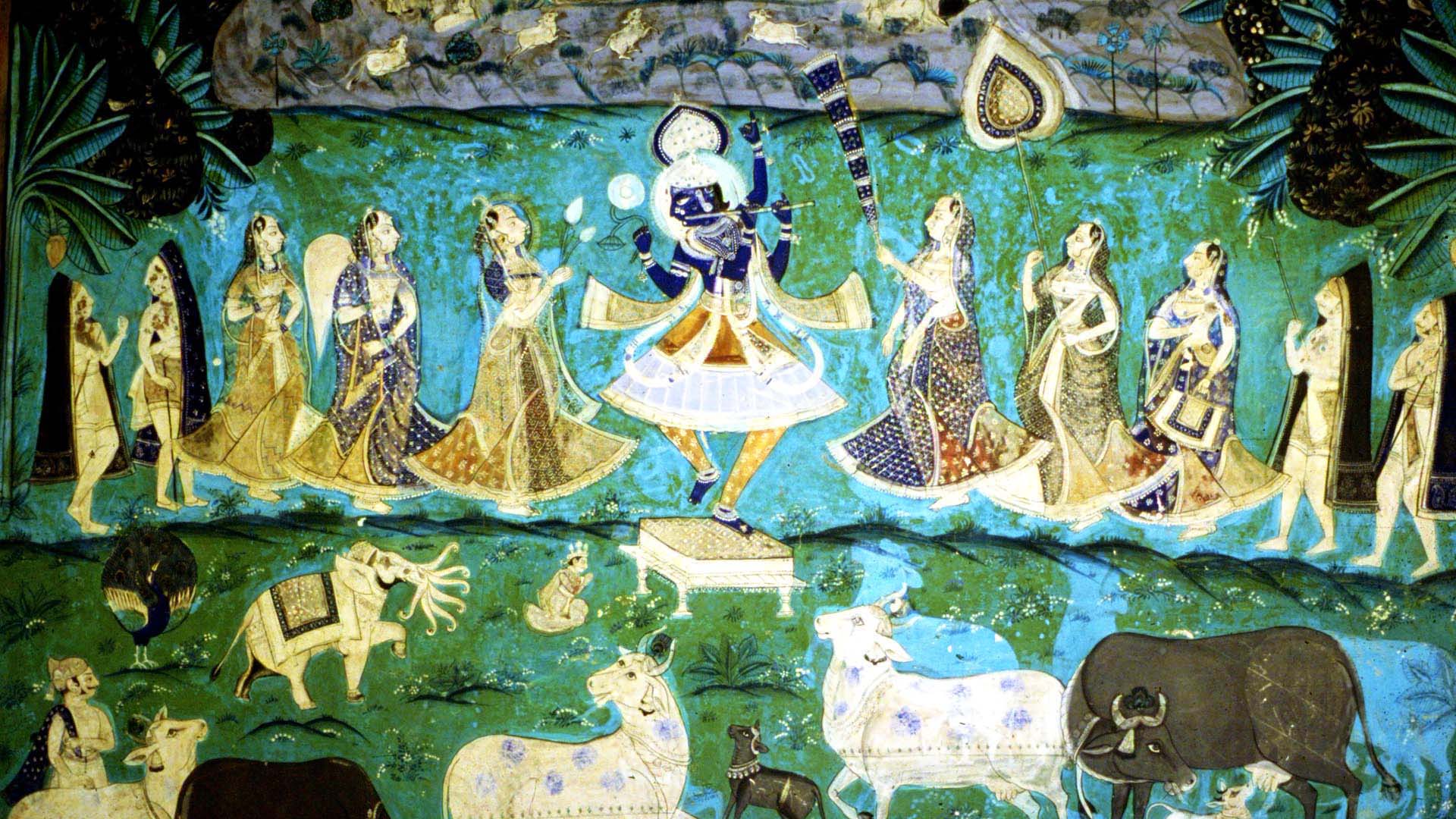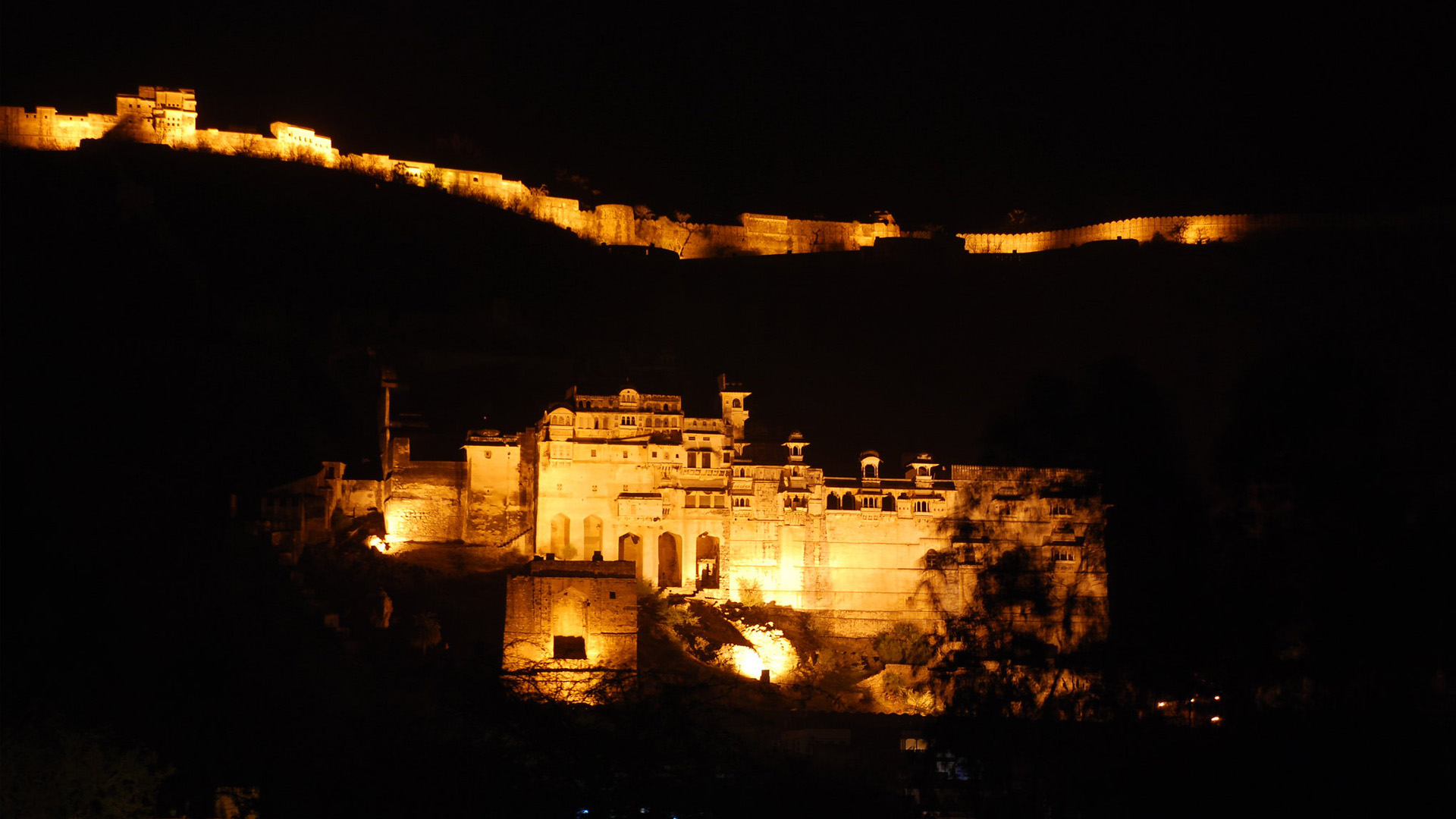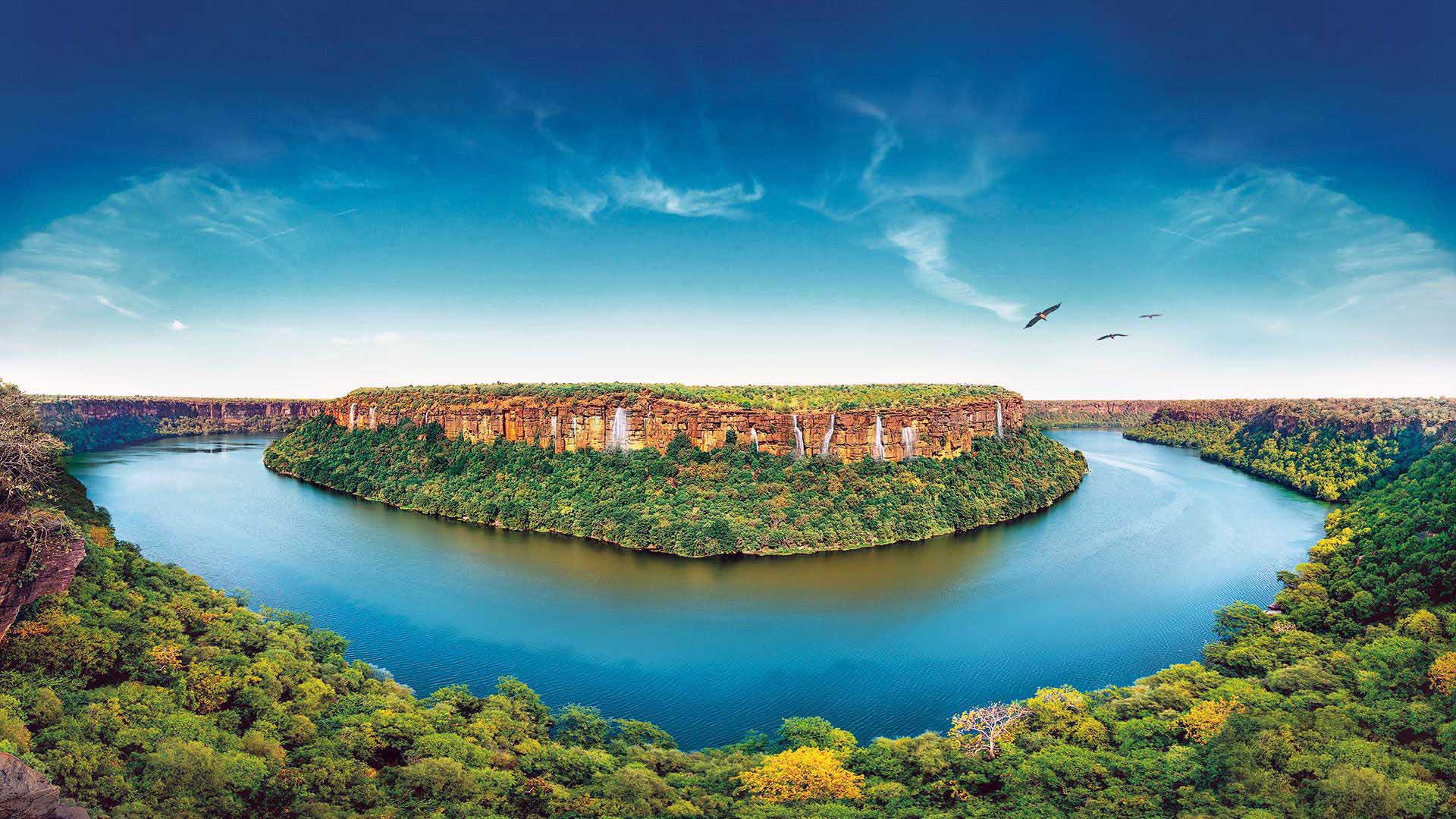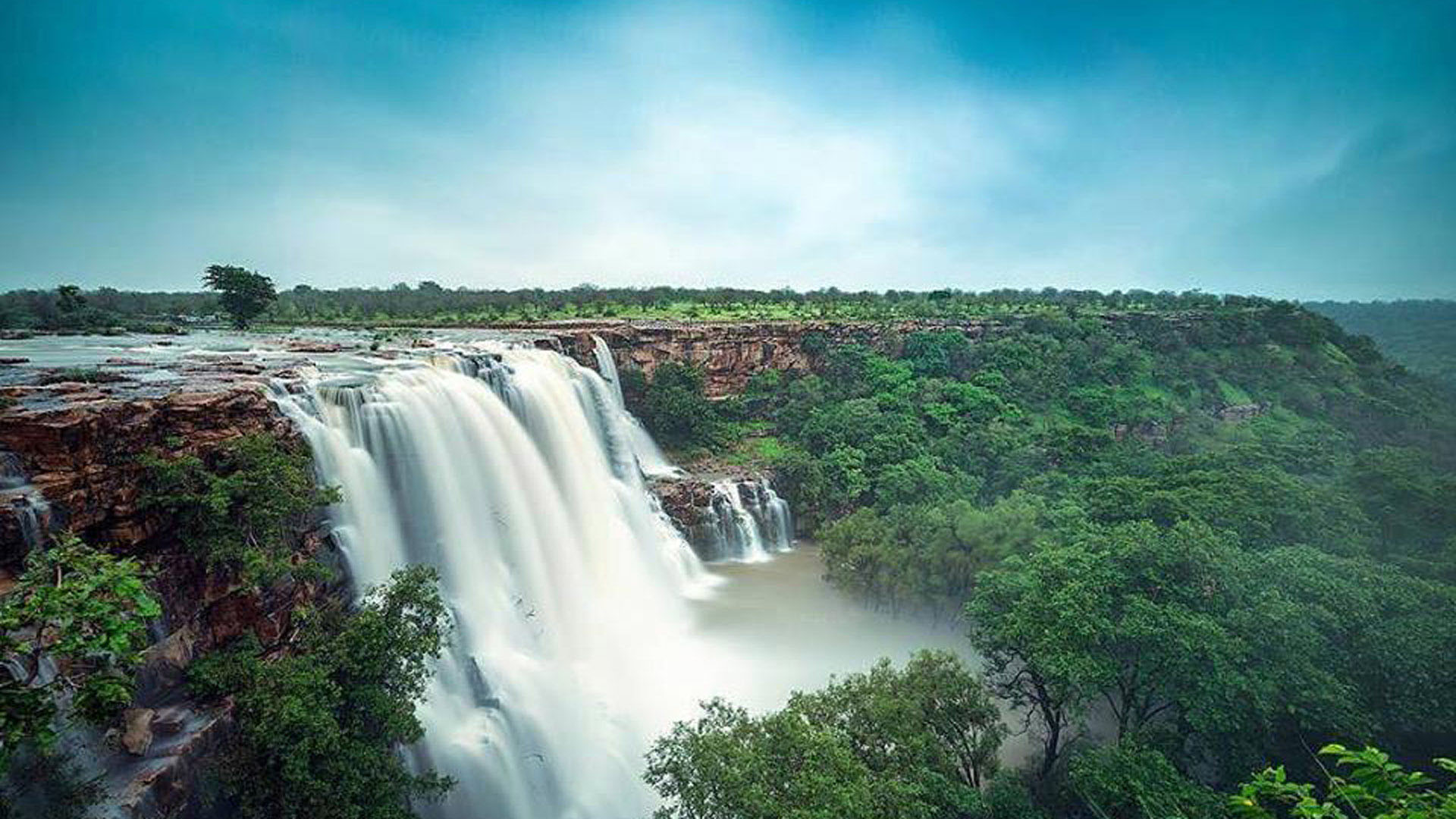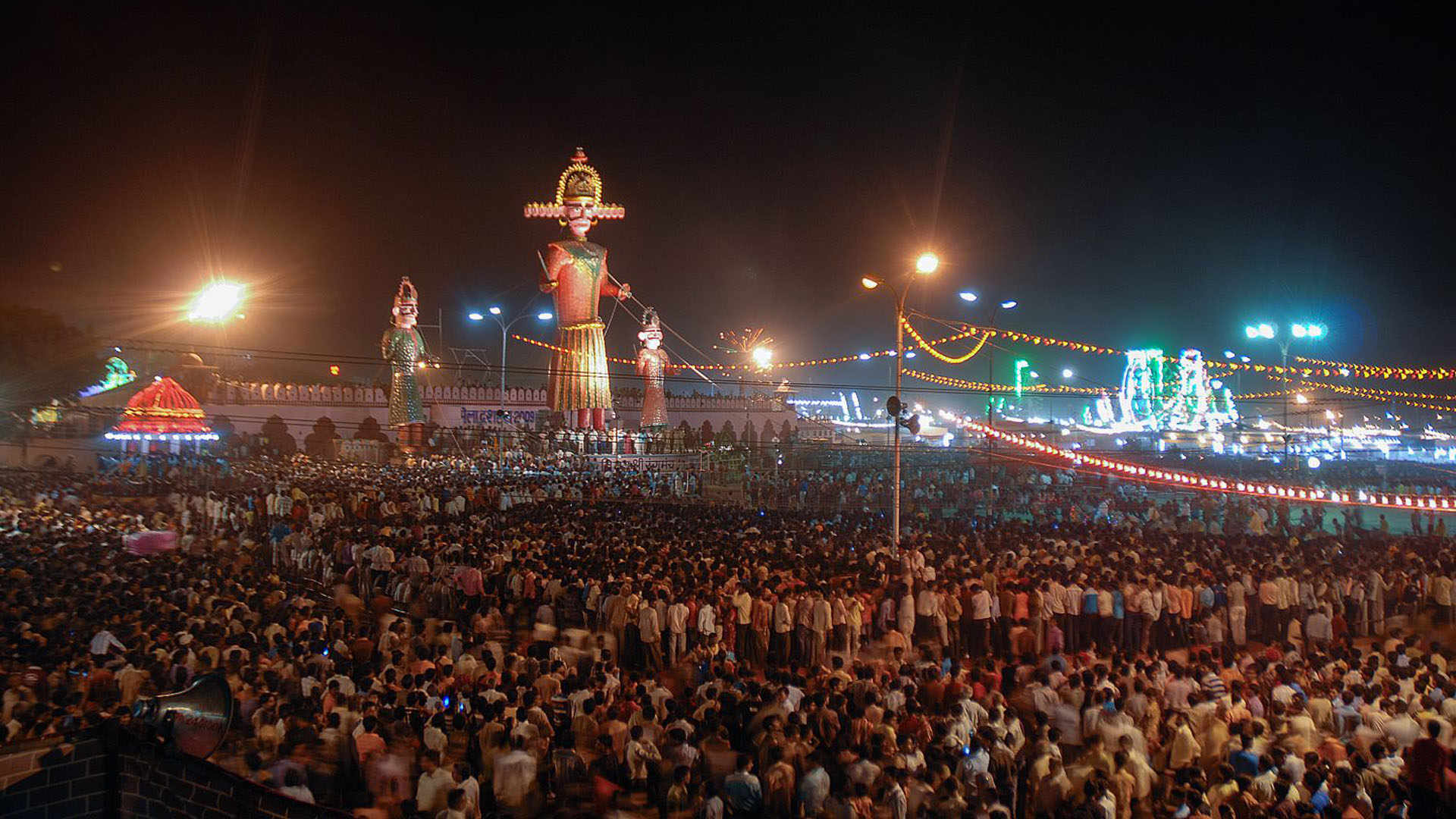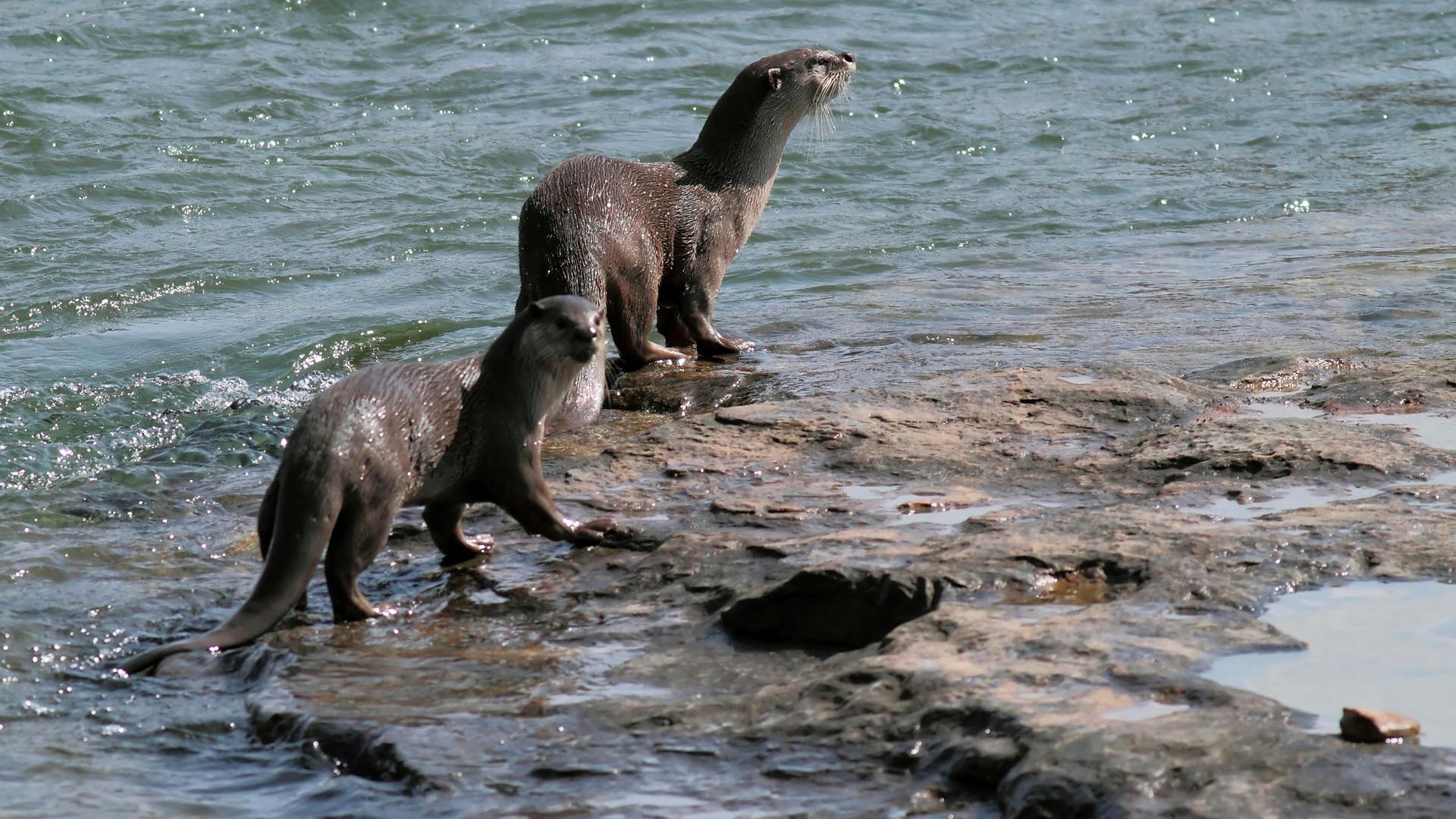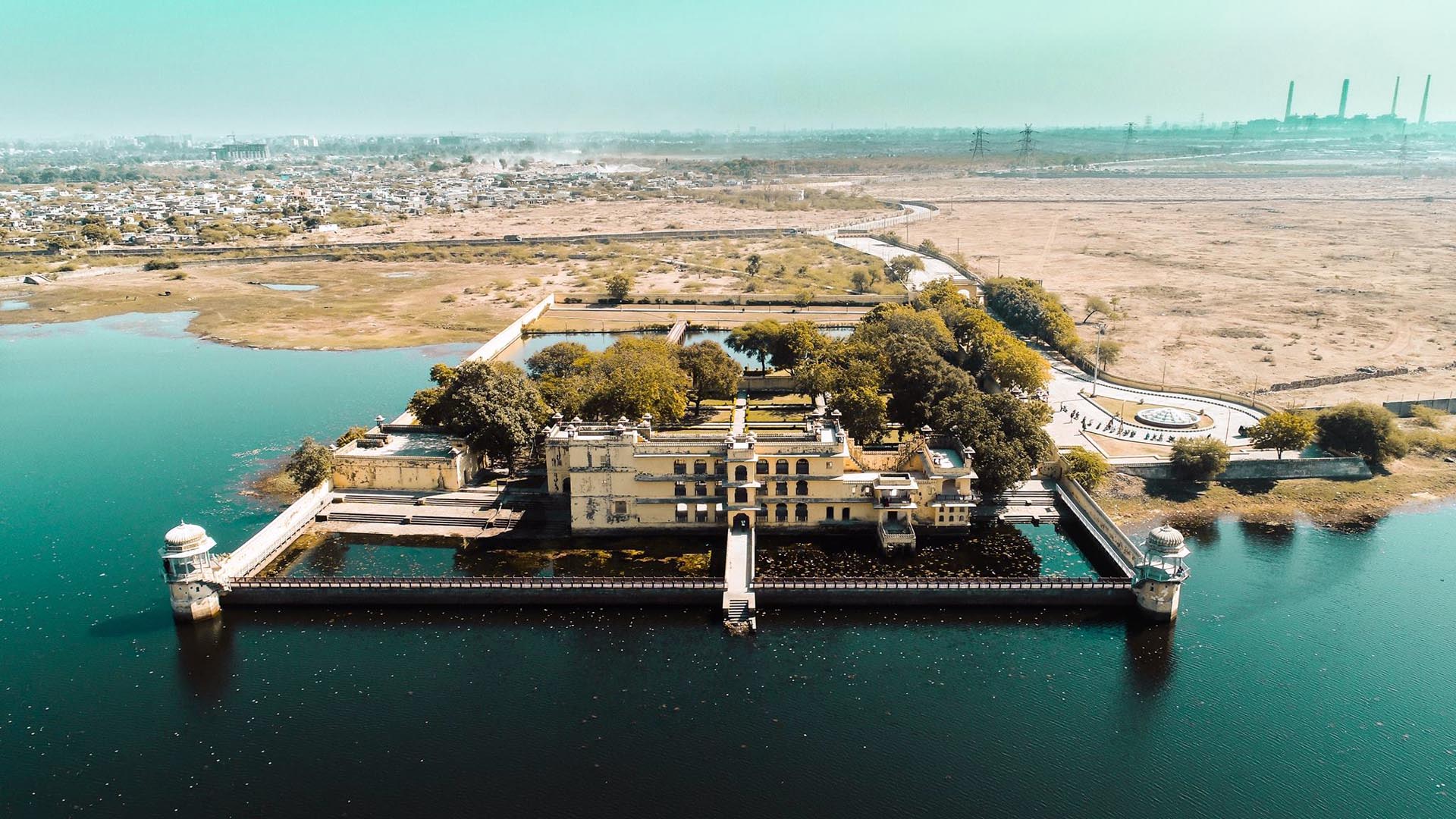Call Us Anytime
+91 93526-05429Hadoti Region
KOTA, BUNDI, BARAN & JHALAWAR DISTRICTS
Hadoti region of south-east Rajasthan has been bestowed with bright sunshine, moisture laden monsoon, healthy winter and gurgling streams. Chambal River and its tributaries crisscross the plateau and provide it with ample life sustaining water. Many of the tributaries of Chambal run through pebbled ruffles between deep gorges and high rise mud embankments. The turquoise waters of the streams provide sustenance to jade green forests and bountiful crops. The region of Hadoti derives its name from its Hada Raiput rulers, who trace their ancestry to Chahaman Raiput clan of Sambhar. Chambal River valley and its many tributaries gave birth to prosperous tribal societies on their banks, which have lef their indelible marks in the form of prehistoric cove shelters and paintings. We find a rare continuity in the history of the region, as a number of excavated mounds have yielded copper, iron and terracotta artefacts, stone jewellery, terracotta beads, red earthenware, seals and coins, belonging to the earliest known history of mankind. There are enough evidences of ancient and medieval history, in the form of various temples, forts and palaces.
The roar of tigers, which reverberated through the dense Dhok forest of the region has been restored in Mukandara Hills Tiger Reserve. The forests of Hadoti abound with Cheetal, Sambhar, Ratel, Wolf, Hyena, Jackal, Fox, Sloth bear, Leopard and some rare animals like Four-horned antelope and Caracal. lts rich avian diversity included Great Indian bustard and Lesser florican, yet presently one may find critically endangered vullure species in the river valleys and many other rare and colourful birds like Peacock, Painted spurfowl, Painted sandgrouse, Alexandrine parakeet, Plum-headed parakeet, Yellow-legged green pigeon, Golden oriole, Sarus crane, Painted stork and many migratory ducks and geese to name a few. The playful otters and philosophical crocodiles enrich the aquatic scene of Chambal, The rulers of Hadoti loved and protected jungles and its dlenizens with great zeal. The modern wildlife sanctuaries were actually wildlife protected areas of Kota and Bundi states.

